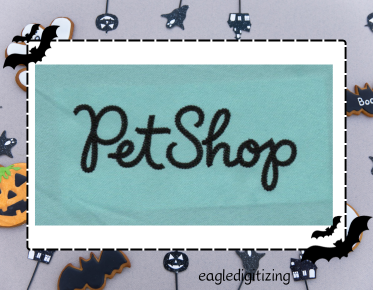What are the different screen printing methods?
Screen printing is a versatile and widely used method of printing that involves transferring ink onto a surface through a mesh screen. It is renowned for its ability to create vibrant and long-lasting prints, making it a popular choice among a variety of industries, including textiles, advertising, and consumer products. Let's delve into some of the prominent screen printing methods and their unique characteristics.
Traditional Screen Printing
The cornerstone of screen printing is the traditional method, which is often referred to as hand screen printing. This process involves creating a stencil on a screen made of silk or synthetic fibers. The areas where ink isn't desired are blocked off, and ink is then forced through the mesh onto the printing surface using a squeegee. This classic technique is celebrated for its precision and quality, making it ideal for creating detailed designs on apparel, posters, and various other products.
Automatic Screen Printing
As technology advanced, automatic screen printing machines became an integral part of the industry. These machines significantly enhance productivity by automating the printing process. Automatic screen printing is best suited for large production runs due to its speed and efficiency. The machines can handle multiple colors simultaneously and ensure uniformity in every print, which is crucial for companies meeting high-volume demands.
Digital Screen Printing
Digital screen printing marries traditional techniques with modern technology. Unlike conventional screen printing that uses physical screens, digital methods utilize digital printing technologies to transfer images to the screen electronically. This method is incredibly versatile and allows for complex designs without the need for manual separation. It's particularly advantageous for small-run jobs and customized designs, offering a flexibility that is hard to match with traditional methods.
Rotary Screen Printing
Rotary screen printing is primarily used for printing continuous, long-length patterns. This method employs a cylindrical screen that rotates in uniform motion to print onto the substrate. It's widely used in the textile industry for fabric printing, wallpaper production, and creating items like gift wrap. The continuous roll-to-roll nature of rotary screen printing ensures efficient production speed with consistent quality.
Flat-Bed Screen Printing
Flat-bed screen printing makes use of a flat screen to apply graphics or text onto a substrate. This technique is versatile and can be utilized on a wide range of materials, including glass, wood, fabric, and plastic. Its adaptability makes it a popular choice for printing on items like ceramic tiles, promotional items, and more. Flat-bed screen printing is especially valued for its ability to produce high-density prints with rich and vibrant colors.
Caroseal Printing
This is a specialized screen printing method used specifically for containers like cups and bottles. The process involves a carousel-style setup where different screens apply different colors as the container rotates. This ensures an even application, perfect for 3D objects. Caroseal printing is favored in industries that require intricate labeling on rounded containers.
Each of these methods carries its own set of advantages and is suited for different applications and scales. Companies often choose a method based on the project's specific requirements, such as design complexity, production volume, and cost-effectiveness.
Modern Applications and Future Trends
Screen printing continues to evolve with the incorporation of new materials and hybrid methods, such as integrating digital printing with traditional techniques. The emergence of eco-friendly inks and more sustainable practices are increasingly becoming the industry's focus to meet global environmental standards.
One notable service provider in the domain of vector art and digitizing is Eagle Digitizing. They excel in converting designs into high-quality vector graphics, which are essential for detailed and precise screen printing operations. Their expertise offers seamless transitions from digital designs to print-ready formats, catering to businesses that require rapid turnaround and exceptional quality.
As screen printing methods continue to advance, it will be interesting to see how technology will further refine these processes, potentially opening up new applications and opportunities in various markets. Whether you're a small print shop or a large manufacturing firm, understanding these screen printing methods can significantly impact your product quality and operational efficiency.
What innovations might arise next in the screen printing industry? How will these methods integrate with other printing technologies in the future? Stay tuned as the world of printing continues to unfold and expand.


